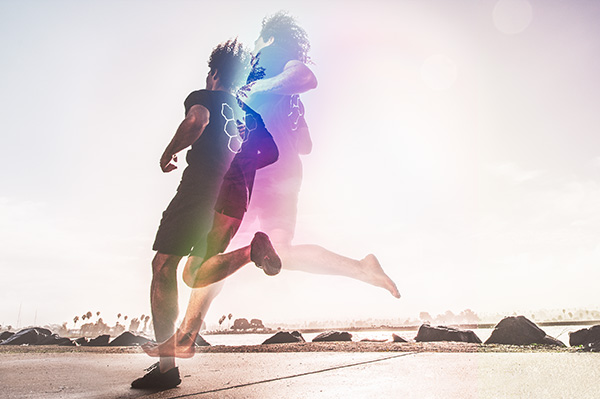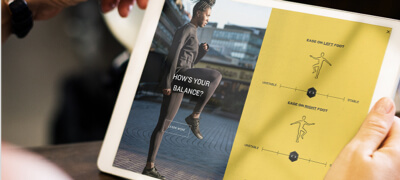Bunions. You’ve probably heard of them, and may well have experienced them. They can suck. But barefoot footwear may help! In this blog we discuss:
- How to tell a bunion from an onion
- How to diagnose bunions
- How to treat and prevent bunions
- What really causes bunions
- How barefoot footwear can help
What are Bunions?
Bunions are when the joint at the base of your big toe protrudes. Bunions occur when your big toe is pushed towards your smaller toes, sometimes overlapping with them.
Many doctors and podiatrists will tell you bunions - or hallux abductovalgus, to give them their scientific name - are hereditary, and that the only solution is arch support, orthotic inserts or even major surgery.
How to tell if you have bunions
Bunions might seem obvious, given they often protrude quite dramatically. But they do develop through stages, some of which can be easy to ignore.
As well as a bulge, look out for red, sore or swollen skin around your big toe. Pain in your big toe, or difficulty moving it, can also be signs. If you experience any of these symptoms, it could be worth checking with your doctor.
What Causes Bunions?
Bunions occur when bone or tissue at the big toe joint is forced out of place, which is most often caused by abnormal pressure which forces it to bend, creating a painful lump on the joint. According to conventional wisdom, this pressure is most often a result of an inherited condition, but everything from ill-fitting shoes to a foot injury, to overpronated (flat, with a low arch) feet can enhance the risk of developing symptoms, which, untreated, lead to bunions.
Treatment
Once you develop bunions, there are two main treatments. The first is medication - typically pain relievers, like Ibuprofen, to reduce the swelling. For particularly severe or painful bunions, the second option is surgery.


However, there are other things you can do to relieve your bunions and stop them from worsening.
- Make sure your shoes fit! With proper space for your feet, there will be less pressure on your bunions. Get your feet properly measured, and seek advice from a footwear specialist or podiatrist.
- Get some inserts for your shoes. Professionally known as orthotics, inserts relieve pressure on toe and bunion alike, hopefully reducing pain in the process.
- Tape or splint your big toe. This can help support it and reduce bunion irritation.
- Avoid activities that increase pain. This might seem like a no-brainer, but it can be tempting to soldier through when doing things like playing sport. Unfortunately, treating bunions means making lifestyle adjustments.
- Apply ice to your bunion and big toe. This can help reduce swelling and pain.
When it comes to actually preventing bunions in the first place, footwear is the most important factor. You need well-fitting footwear with plenty of toe room. Avoid shoes that squeeze, or cause any cramping or irritation.


Are bunions really genetic?
Bunions occur when bone or tissue in the big-toe joint is forced out of place, typically caused by abnormal pressure. Conventional wisdom says this pressure is usually the result of an inherited condition. However, ill-fitting shoes, a foot injury or over-pronated feet (flat, with a low arch) can also increase the risk of developing symptoms which, left untreated, can lead to bunions.
Around 70% of women have bunions - far more than men. Is this genetic, or is it because women are much more likely to have been pushed into narrow, pointy shoes from childhood?
According to sports podiatrist Dr. Ray McClanahan, “shoes that progressively dislocate the big toes, over the course of a lifetime, cause bunions in nearly all cases.”
Going barefoot could banish your bunions
Traditional shoes aren’t shaped like feet, they’re shaped like shoes. Unfortunately, this means a lot of people end up with shoe-shaped feet instead of, well, foot-shaped feet.
It’s time to rethink what we put on our feet.
This is where barefoot footwear can help. Barefoot footwear is foot-shaped, not shoe-shaped. It is thin, flexible and wide, so your feet can stretch, splay and recoil freely. In other words, barefoot footwear doesn’t interfere with the natural growth and movement of your feet.


